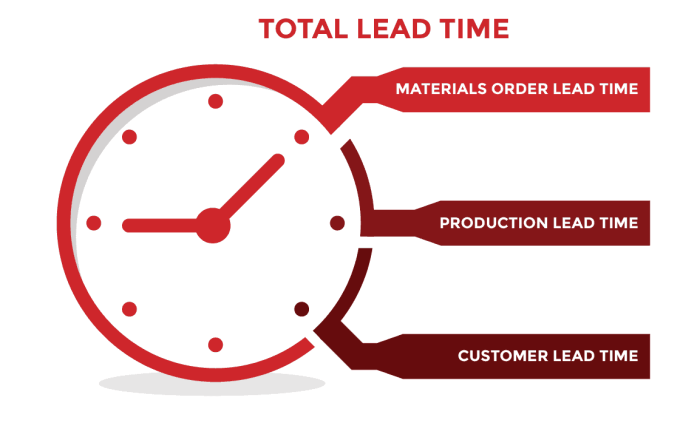As the discussion of which of the following is a type of scm metric takes center stage, this opening passage beckons readers into a world crafted with scholarly precision and authoritative tone, ensuring a reading experience that is both absorbing and distinctly original.
This comprehensive exploration delves into the multifaceted nature of supply chain management (SCM) metrics, providing a granular understanding of their role in measuring and evaluating the effectiveness of SCM practices. From inventory turnover ratios to customer satisfaction metrics, financial indicators to sustainability benchmarks, this discourse unveils the intricacies of SCM performance assessment.
Types of SCM Metrics: Which Of The Following Is A Type Of Scm Metric

Supply chain management (SCM) metrics are essential for measuring and evaluating the performance of supply chains. These metrics provide insights into various aspects of SCM operations, enabling organizations to identify areas for improvement and optimize their supply chain processes.
There are numerous types of SCM metrics, each focusing on a specific aspect of supply chain performance. Some of the most common types include:
- Inventory metrics
- Customer service metrics
- Financial metrics
- Sustainability metrics
These metrics provide valuable information about supply chain efficiency, customer satisfaction, profitability, environmental impact, and overall performance.
Inventory Metrics
Inventory metrics measure the efficiency of inventory management practices. They provide insights into the levels of inventory held, the rate at which inventory is turned over, and the impact of inventory on supply chain costs.
One of the most important inventory metrics is the inventory turnover ratio. This ratio measures the number of times inventory is sold and replaced over a given period. A high inventory turnover ratio indicates efficient inventory management, while a low ratio may indicate excess inventory or inefficient inventory practices.
Customer Service Metrics
Customer service metrics measure the effectiveness of supply chain processes in meeting customer needs. They provide insights into the speed, accuracy, and reliability of order fulfillment, as well as the overall satisfaction of customers with the supply chain.
One of the most important customer service metrics is the order fulfillment rate. This metric measures the percentage of orders that are fulfilled on time and in full. A high order fulfillment rate indicates efficient supply chain processes and satisfied customers.
Financial Metrics
Financial metrics measure the profitability and financial performance of supply chains. They provide insights into the costs associated with supply chain operations, the revenue generated, and the overall profitability of the supply chain.
One of the most important financial metrics is the cost-to-serve. This metric measures the cost of serving a customer over a given period. A low cost-to-serve indicates efficient supply chain operations and improved profitability.
Sustainability Metrics
Sustainability metrics measure the environmental impact of supply chain practices. They provide insights into the carbon footprint of supply chains, the use of resources, and the overall sustainability of supply chain operations.
One of the most important sustainability metrics is the carbon footprint. This metric measures the amount of greenhouse gases emitted by a supply chain over a given period. A low carbon footprint indicates sustainable supply chain practices and reduced environmental impact.
Data and Analytics, Which of the following is a type of scm metric
Data and analytics play a crucial role in driving SCM performance. They provide insights into supply chain operations, identify areas for improvement, and enable organizations to make data-driven decisions.
Predictive analytics is a powerful tool that can be used to forecast demand, optimize inventory levels, and improve supply chain planning. By leveraging data and analytics, organizations can gain a competitive advantage and improve the overall performance of their supply chains.
Question & Answer Hub
What is the significance of inventory turnover ratio in SCM?
Inventory turnover ratio measures the efficiency of inventory management, indicating how quickly inventory is sold and replaced. A higher ratio suggests efficient inventory utilization, reducing holding costs and improving cash flow.
How do customer satisfaction metrics contribute to SCM effectiveness?
Customer satisfaction metrics, such as order fulfillment rate, gauge the ability of the supply chain to meet customer expectations. High customer satisfaction translates into increased customer loyalty, repeat business, and positive brand reputation.
What role does cost-to-serve play in SCM decision-making?
Cost-to-serve analysis helps businesses understand the expenses associated with serving different customer segments. By optimizing cost-to-serve, companies can allocate resources effectively, prioritize profitable customers, and enhance overall profitability.

